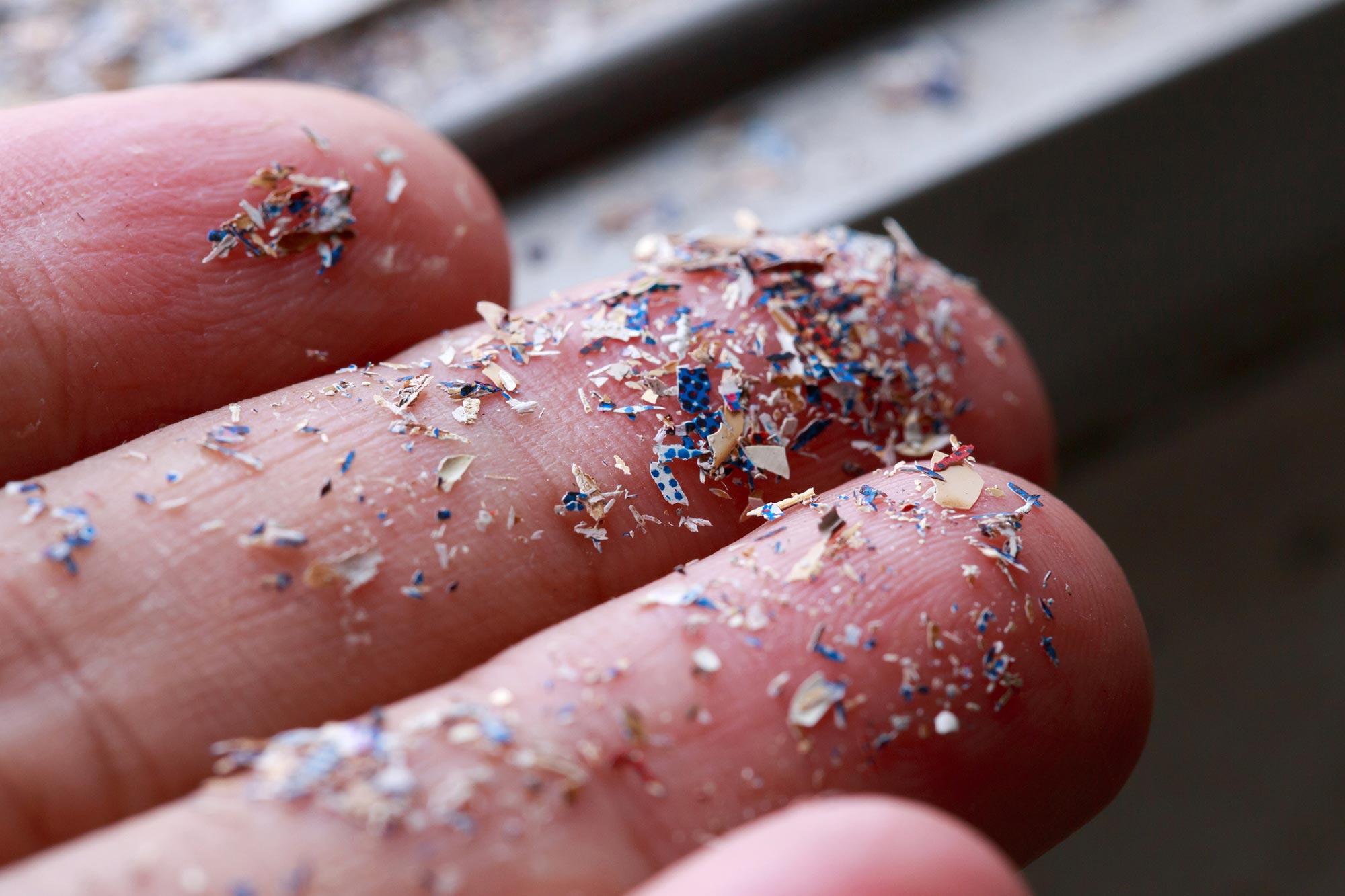Connect with us
Published
1 week agoon
By
admin
Researchers from Portland State University (PSU) have discovered microplastics in the edible tissues of various seafood species in Oregon, raising significant health concerns. The study, led by Professor Elise Granek, emphasizes the urgent need for technologies and policies to address environmental contamination by microplastics, which enter the ecosystem through clothing, packaging, and other plastic products. Focusing on finfish and crustaceans, the research team quantified these anthropogenic particles in six economically and culturally important species including Chinook salmon and pink shrimp. Their findings revealed the highest concentrations of microplastics in pink shrimp, likely due to their filter-feeding behavior.
With 1,806 suspected particles identified across 180 samples, the research highlights how microplastics can potentially move from the gut to muscle tissues consumed by humans. The team calls for further investigation into the pathways of microplastics and advocates for regulatory measures. They also emphasize that microplastics are pervasive in various food items, not just seafood. Moving forward, PSU researchers are focusing on solutions, including developing filtration systems to reduce microplastic entry into marine environments. The study serves as a crucial benchmark for understanding microplastic pollution in West Coast fisheries.


















